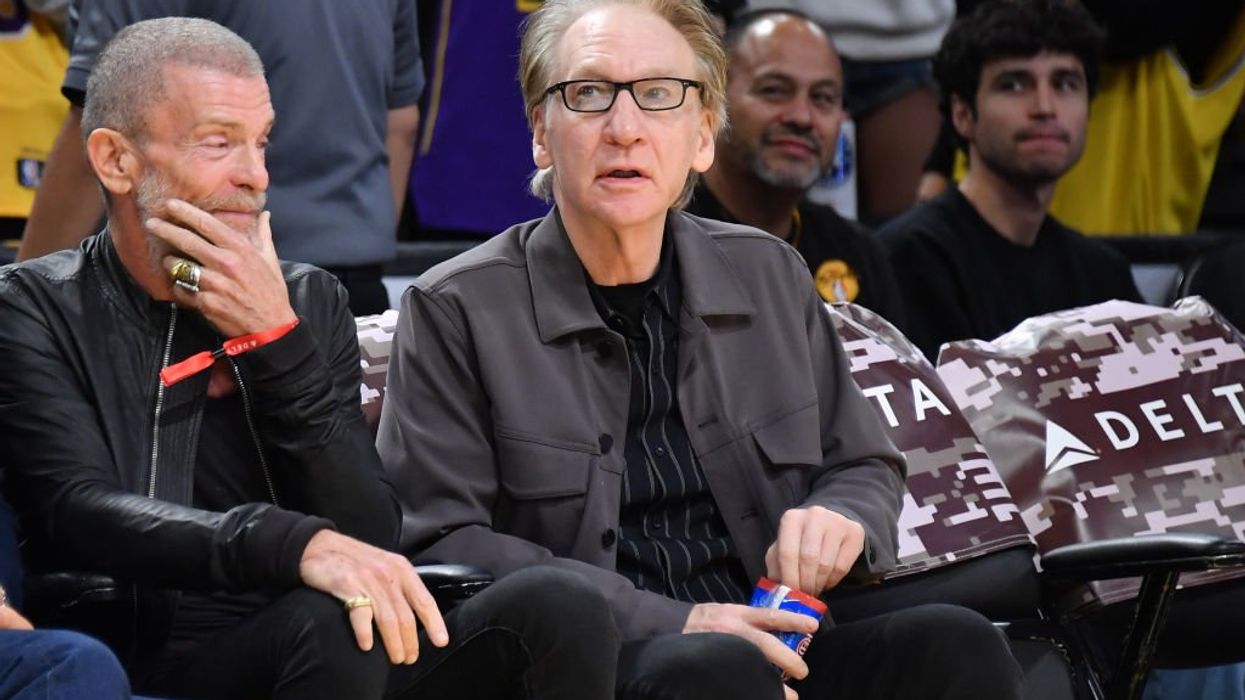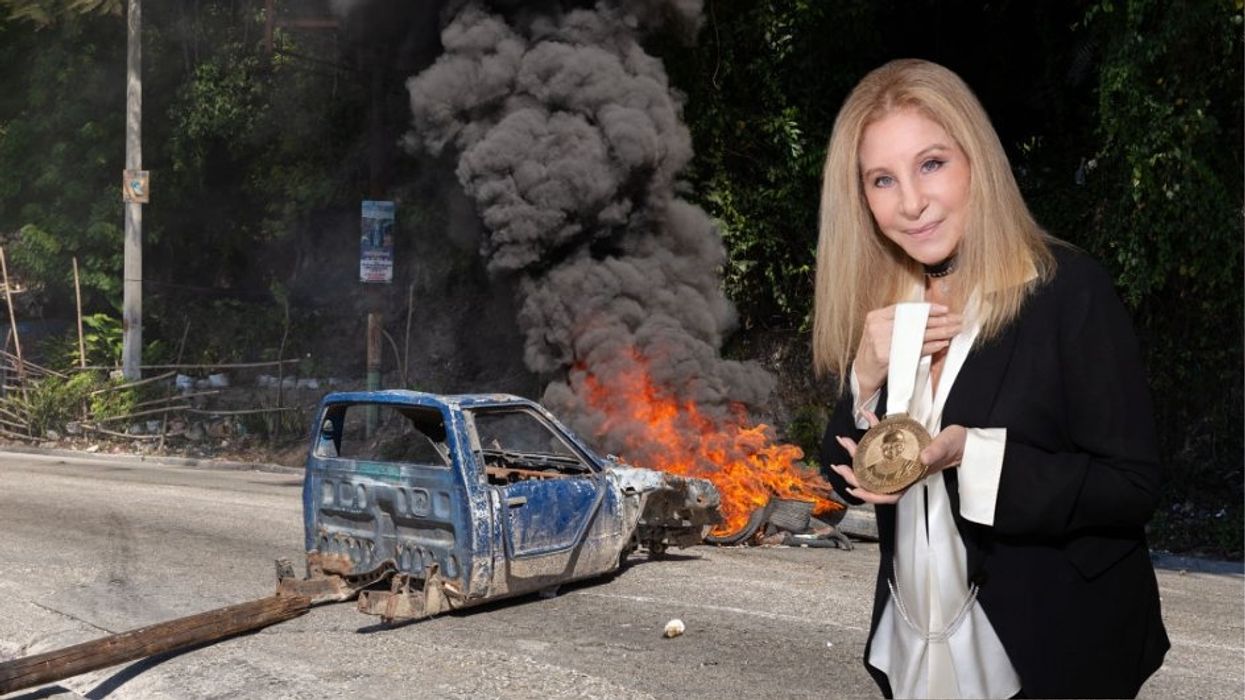
© 2024 Blaze Media LLC. All rights reserved.
There Are Tiny Electronic Devices Monitoring Gunfire in Several U.S. Cities That You've Probably Never Heard About
November 05, 2013
“What we provide is a lot of gunshot intelligence that otherwise would not be attainable by any agencies.”
When there's a gunshot in the nation's capital, the D.C. police can "hear" it -- even if they're not nearby.
At least 300 sound-sensors are placed strategically in the District's most crime-heavy neighborhoods, recording the sound of gunshots and dispatching officers to the scene.
 Info available through the ShotSpotter system. (Image source: ShotSpotter/Facebook)
Info available through the ShotSpotter system. (Image source: ShotSpotter/Facebook)
According to a feature about the technology by The Washington Post, the ShotSpotters, which are placed in about a third of the city, have picked up on about 39,000 separate gunshot incidents since 2009.
 This map shows the density of gunshot incidents picked up on ShotSpotter in Washington, D.C., since 2009. (Image source: Washington Post)
This map shows the density of gunshot incidents picked up on ShotSpotter in Washington, D.C., since 2009. (Image source: Washington Post)
“ShotSpotter gives you a specific location,” Kristopher Baumann, president of the D.C. police union, told the Post. “You can go there and get out of the car. You can find a victim or shell casings.”
The police department told the Post it doesn't track arrests that result from ShotSpotter notifications.
The technology is not only valuable for dispatching police to the scene but also helps them track patterns. February saw the fewest number of gunfire incidents while July had the most, according to the Post. Saturday, Sunday and Friday were the most popular days for incidents -- Wednesday was the least popular.
There are also times when the acoustic technology can be used to track down unreported gunfire and settle the fears of those who think they've heard gunshots when it was really the sound of a car backfiring.
As for any privacy concerns, according to the product's website, ShotSpotters are designed to only detect loud explosives -- not sounds like human voices. They are placed in elevated locations to enhance performance and protect privacy.
Watch this overview about the technology:
D.C. isn't the only city to use ShotSpotter, although the Post reported it is the California-based company's biggest client. Boston, Omaha, San Francisco and Minneapolis are just a few other clients.
From the time a sound is registered by the device, it takes ShotSpotter's team less than 40 seconds to verify the sound and notify a police department, or as ShotSpotter officials branded it to the Post, "get the cop to the dot."
If a silencer is used on the firearm or if a victim were shot at a close range, absorbing some of the sound waves, ShotSpotter executive Ralph Clark told the Post the device might not pick up on the sound.
“We don’t offer a 100 percent ironclad guarantee to capture 100 percent of all the shootings,” Clark said. “What we provide is a lot of gunshot intelligence that otherwise would not be attainable by any agencies.”
Check out this live fire demonstration of the technology in a New York town a couple years ago:
Read more about the gunshot pinpointing technology in The Washington Post's full article. Check out the Post's interactive infographic for more on the tech's functionality.
Featured image via Shutterstock.
--
[related]
Want to leave a tip?
We answer to you. Help keep our content free of advertisers and big tech censorship by leaving a tip today.
Want to join the conversation?
Already a subscriber?
more stories
Sign up for the Blaze newsletter
By signing up, you agree to our Privacy Policy and Terms of Use, and agree to receive content that may sometimes include advertisements. You may opt out at any time.
© 2024 Blaze Media LLC. All rights reserved.
Get the stories that matter most delivered directly to your inbox.
By signing up, you agree to our Privacy Policy and Terms of Use, and agree to receive content that may sometimes include advertisements. You may opt out at any time.


